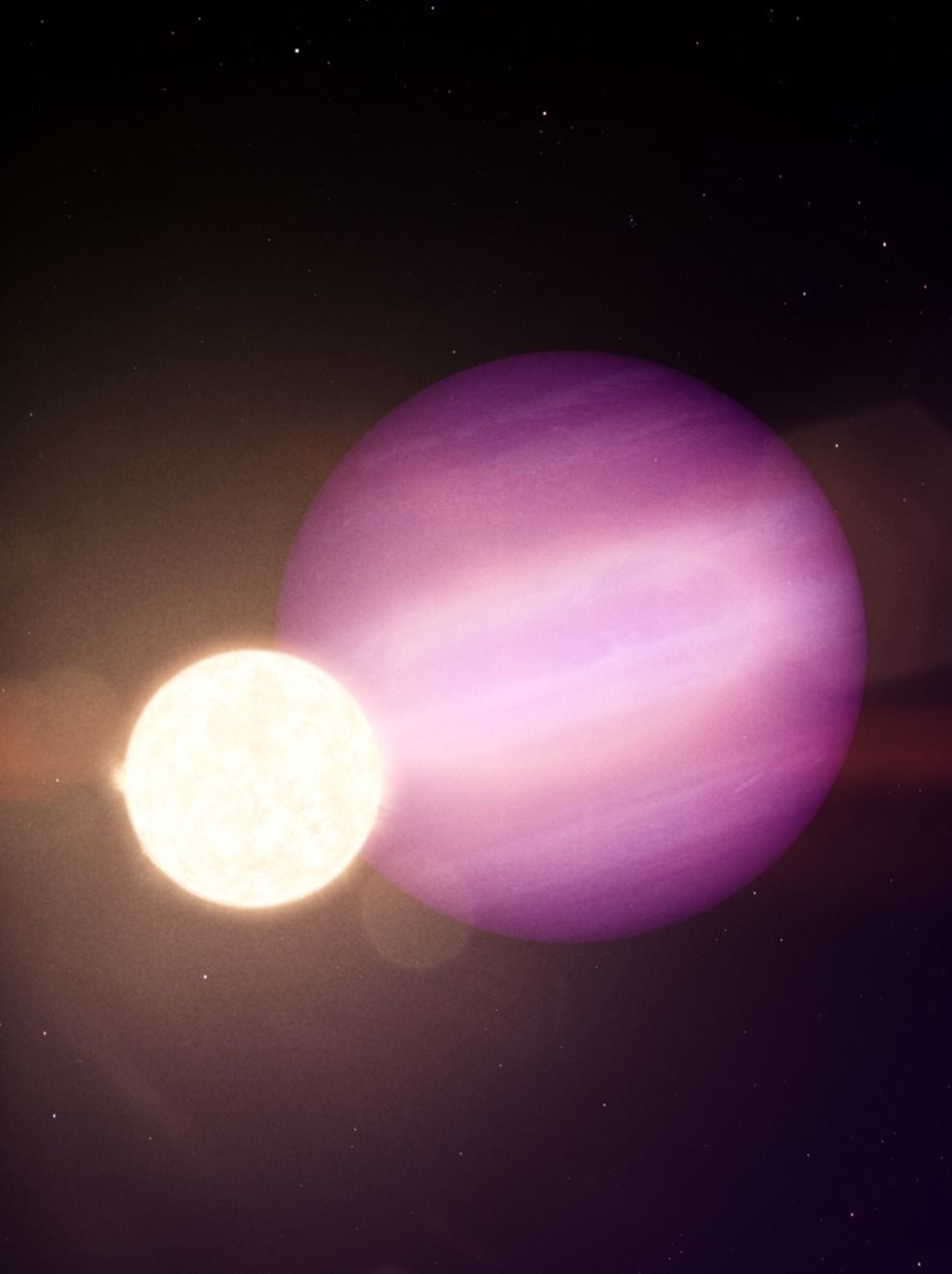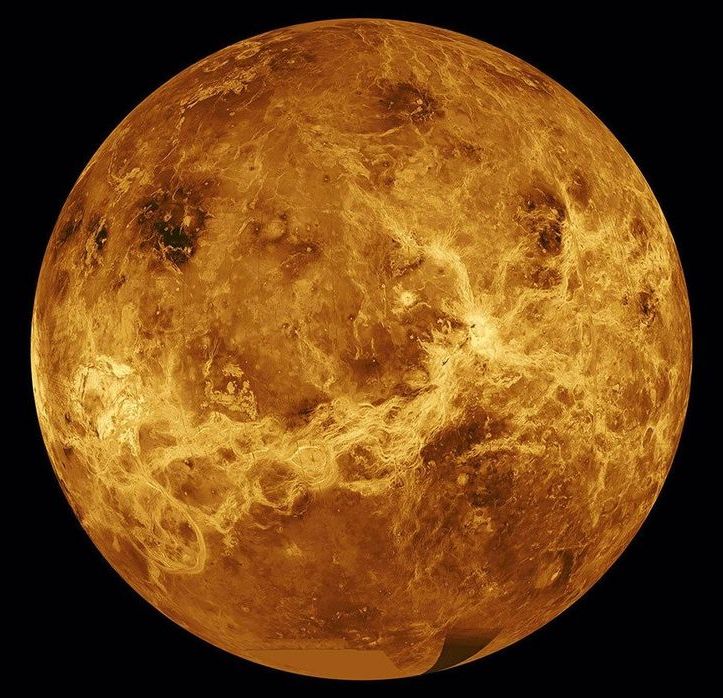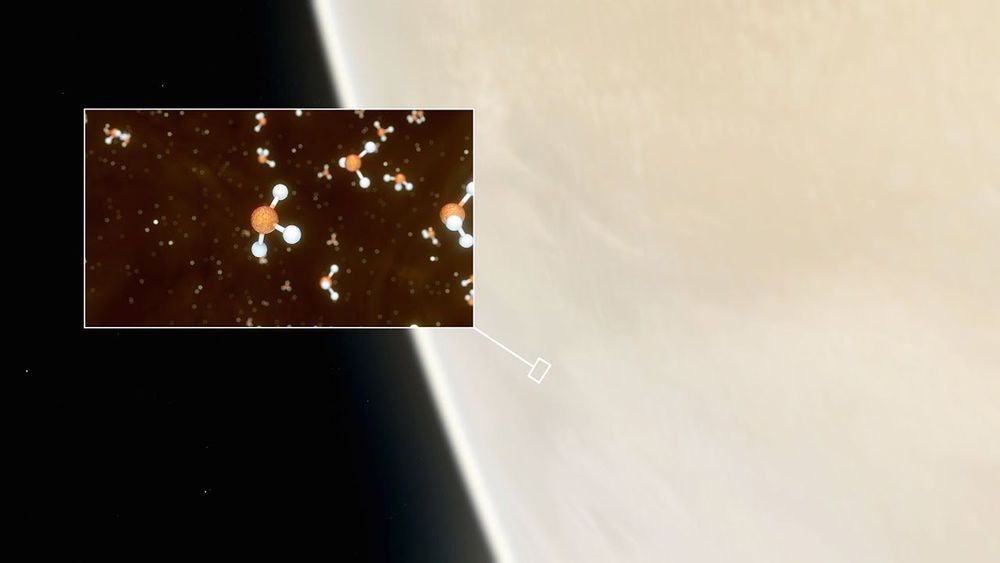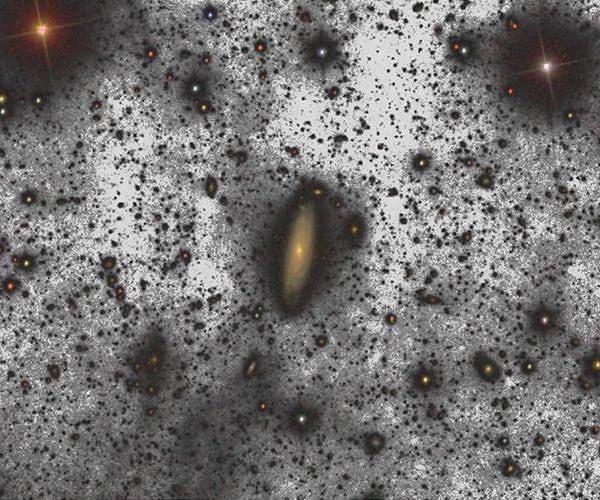Sep 16, 2020
Can Life Outlive Its Host Star? NASA’s Webb Telescope Will Find Out
Posted by Bruce Dorminey in category: alien life
With today’s news of the first-ever detection of an intact planet closely orbiting a stellar white dwarf, a team led by two Cornell University astronomers has also shown that NASA’s forthcoming James Webb Space Telescope (JWST) would be capable of detecting biosignatures from earth-sized planets orbiting such dying stars.
As reported in the journal Nature, the white dwarf in question —- WD 1856+534 —- is now thought to harbor a Jupiter-size object orbiting this dying stellar core on an insanely short orbit of only 34 hours. But even before today’s announcement, Cornell astronomers were testing their idea that the Webb telescope might also be able to detect earth-sized objects within the same system.
In separate research submitted to The Astrophysical Journal Letters, Cornell University astronomers Lisa Kaltenegger and Ryan MacDonald and the paper’s 1st co-authors, lay out their case for using the Webb telescope to look for very short transits of such rocky worlds as they pass in front of the these white dwarfs. They used WD 1856+534, which is only 40 percent larger than Earth and lies only 80 lights years away in the constellation of Draco, as their test case.

















